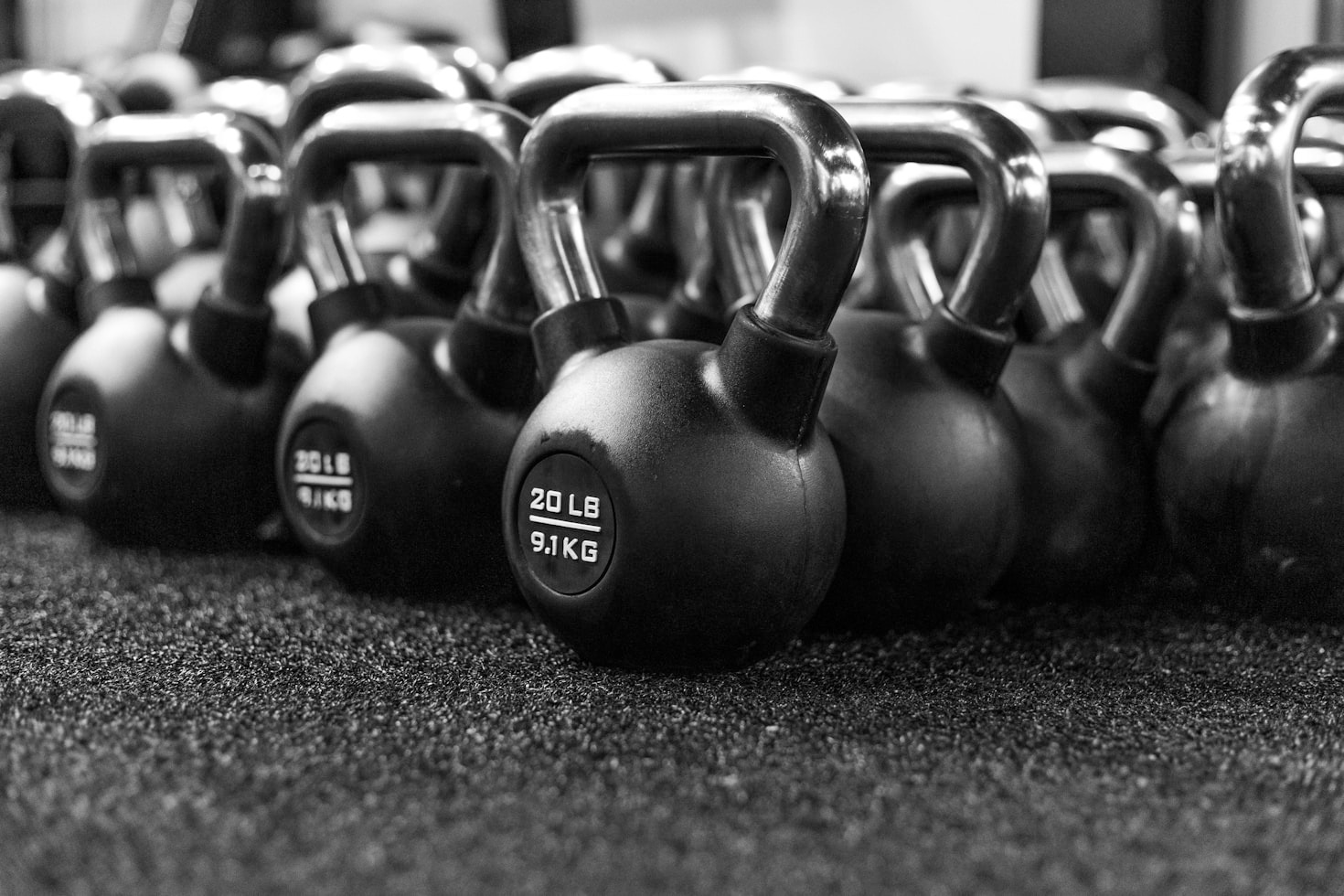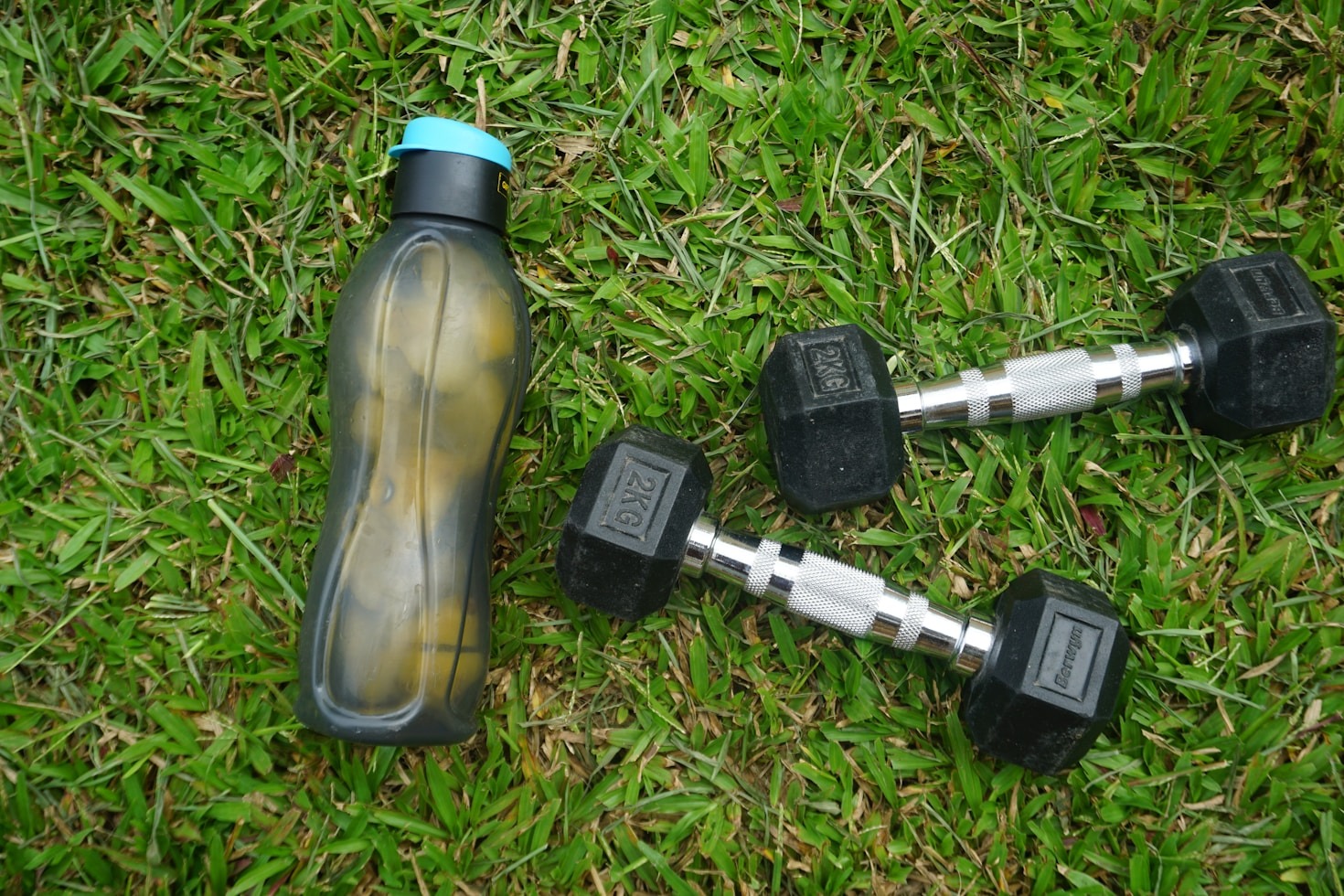Reaching your fitness goals takes more than motivation—it requires a smart plan, the right tools, and consistent effort. Whether your goal is **weight loss**, **muscle building**, or simply **improving overall health**, using proven strategies can help you stay on track and succeed.
1. Set Clear and Realistic Fitness Goals
A common mistake is setting vague intentions like “I want to get fit.” Instead, focus on **specific and measurable goals**, such as:
* “Run 5 km without stopping in three months.”
* “Complete three strength workouts per week.”
Clear goals give you direction and make progress easier to track.
2. Create a Structured Workout Plan.
The **FITT principle** (Frequency, Intensity, Time, Type) is a proven method for designing an effective fitness plan:
* Frequency: Decide how many days you’ll train each week.
* Intensity: Adjust the difficulty level for your fitness stage.
* Time: Plan workout durations (e.g., 30–60 minutes).
* Type: Mix cardio, strength, and flexibility training.
A structured plan helps you avoid plateaus and keeps your workouts balanced.
3. Use the Best Fitness Tools for Success
Technology makes achieving fitness goals easier than ever. Some must-have tools include:
* Fitness apps (MyFitnessPal, Strava, Fitbod) for tracking workouts and nutrition.
* Wearables (Apple Watch, Fitbit, Garmin) to monitor steps, calories, heart rate, and sleep.
* Home fitness equipment (dumbbells, resistance bands, yoga mats) for convenience.
* Progress journals or digital trackers to log improvements and stay accountable.
These tools help you measure progress, stay motivated, and adjust your plan as needed.
4. Nutrition: The Key to Reaching Fitness Goals
Exercise alone won’t deliver results without proper nutrition. To support your training, focus on:
* Eating whole, nutrient-rich foods (lean proteins, vegetables, fruits, healthy fats).
* Staying hydrated throughout the day.
* Planning meals to avoid unhealthy snacking.
* Tracking calorie intake to align with your goals (weight loss, maintenance, or muscle gain).
Good nutrition fuels performance, improves recovery, and helps you stay consistent.
5. Stay Consistent and Flexible
Consistency is the number one factor in long-term success. Even if progress feels slow, stick to your routine. At the same time, be flexible—if one method isn’t working, adjust your workouts, nutrition, or rest schedule to find what suits you best.
6. Prioritize Recovery and Rest Days
Your muscles grow and repair during rest, not just during workouts. To avoid injuries and burnout:
* Get 7–9 hours of sleep each night.
* Include stretching, yoga, or mobility sessions.
* Use active recovery (light walks, swimming, or cycling).
Recovery ensures steady progress and prevents setbacks.
7. Stay Accountable with Support Systems
Working toward fitness goals is easier with accountability. You can:
* Join a fitness community or online group.
* Train with a workout partner.
* Hire a personal trainer or coach.
Support keeps you motivated and adds extra encouragement on tough days.


Final Thoughts
Achieving fitness goals requires more than just effort—it’s about setting clear objectives, following a structured plan, and using the right tools. By combining **fitness apps, smart nutrition, and consistent training**, you can take steady steps toward success. Remember, fitness is a journey, and every small improvement adds



